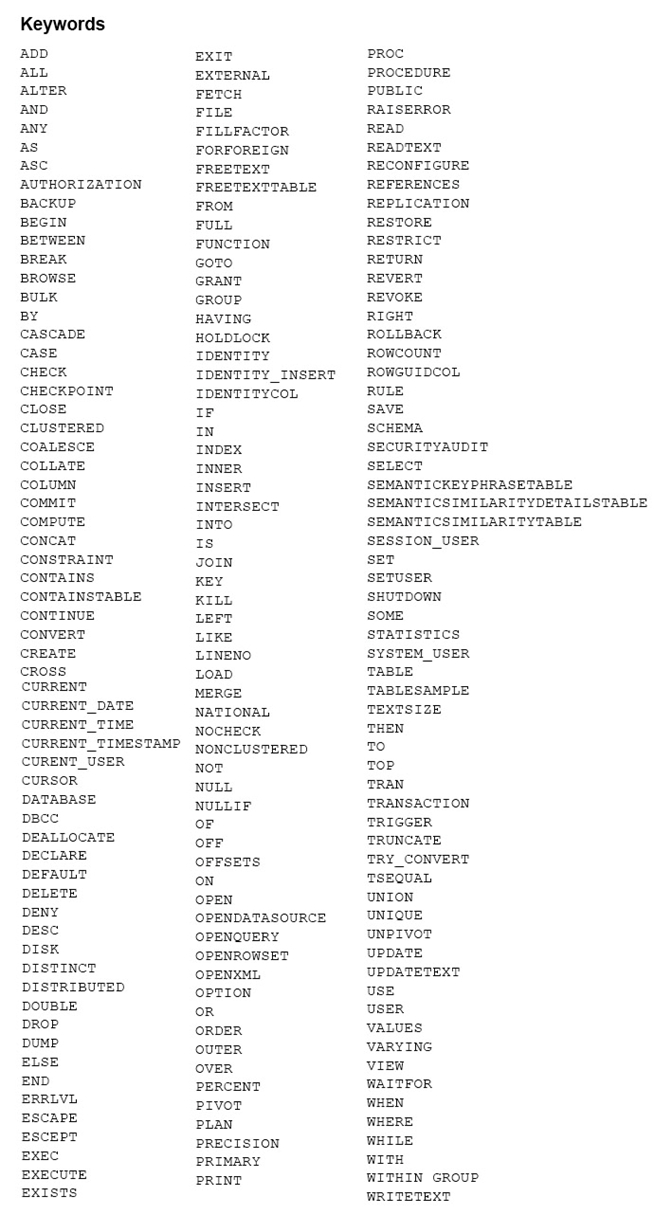

SIMULATION -
You work for an organization that monitors seismic activity around volcanos. You have a table named GroundSensors. The table stored data collected from seismic sensors. It includes the columns describes in the following table:
The database also contains a scalar value function named NearestMountain that returns the name of the mountain that is nearest to the sensor.
You need to create a query that shows the average of the normalized readings from the sensors for each mountain. The query must meet the following requirements:
✑ Include the average normalized readings and nearest mountain name.
✑ Exclude sensors for which no normalized reading exists.
✑ Exclude those sensors with value of zero for tremor.
Construct the query using the following guidelines:
✑ Use one part names to reference tables, columns and functions.
✑ Do not use parentheses unless required.
✑ Do not use aliases for column names and table names.
Do not surround object names with square brackets.

Part of the correct Transact-SQL has been provided in the answer area below. Enter the code in the answer area that resolves the problem and meets the stated goals or requirements. You can add code within the code that has been provided as well as below it.
Use the Check Syntax button to verify your work. Any syntax or spelling errors will be reported by line and character position.
BenAsare
Highly Voted 5 years, 9 months agoDieter
Highly Voted 5 years, 11 months agofinger
Most Recent 3 years, 2 months agomccallumafc
4 years, 8 months agoMountie
4 years, 10 months agoAghie
4 years, 11 months agotcroots19
5 years, 5 months agoDEBRA
5 years, 5 months agoVanesa30
5 years, 5 months agohgi
5 years, 6 months agoAnette
5 years, 2 months agoprakash101179
5 years, 10 months agoBarbedx
5 years, 5 months agoM4x
5 years, 11 months ago